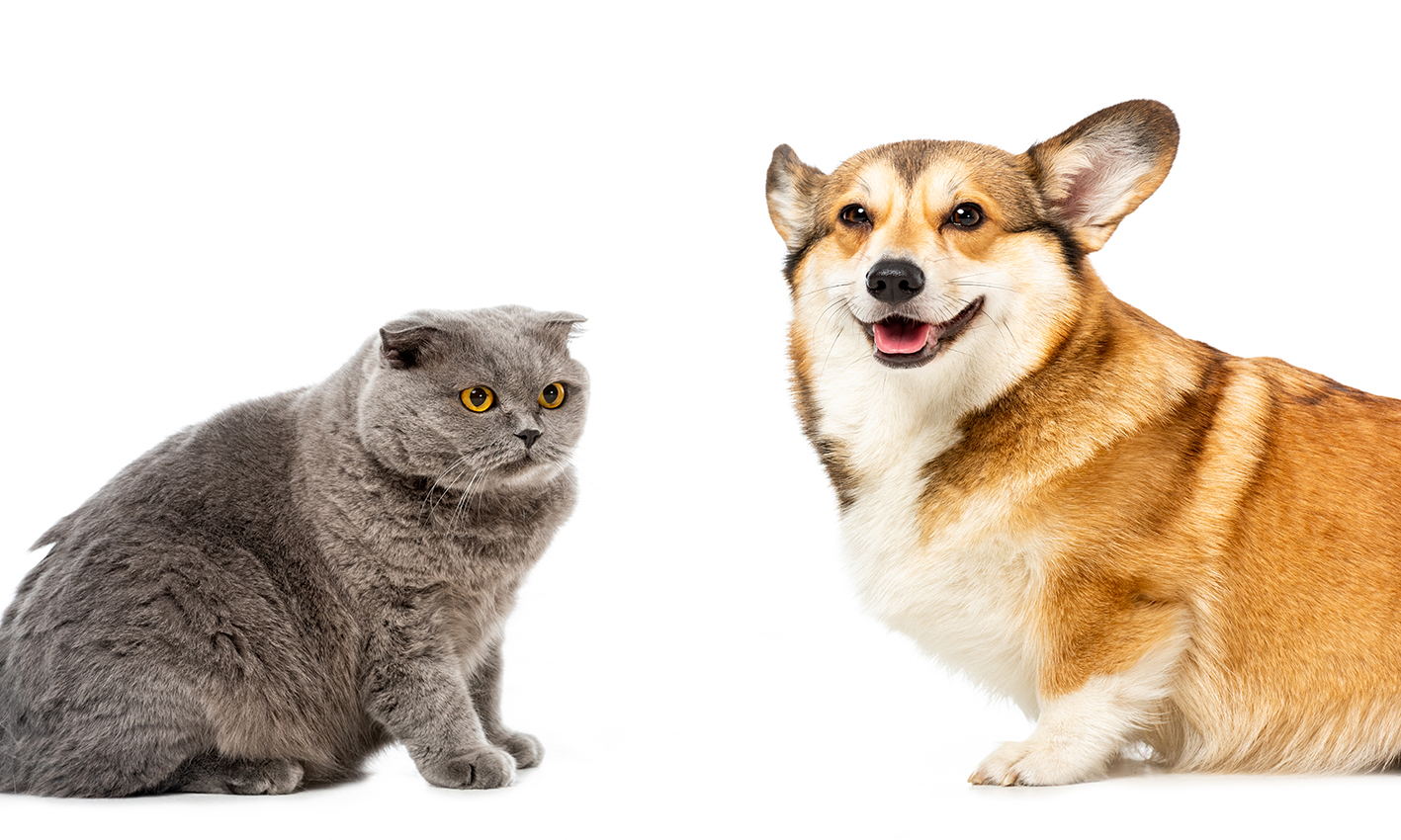Posts in Category: Pet Health & Wellness
Avoiding Pancreatitis in Pets

Pancreatitis in pets is a serious condition that can result from ingesting even small amounts of very rich or fatty foods. Learning how to spot the symptoms of pancreatitis and better yet, how to prevent it, is important for every pet owner to know.
Skin Deep: Exploring Pet Skin Problems
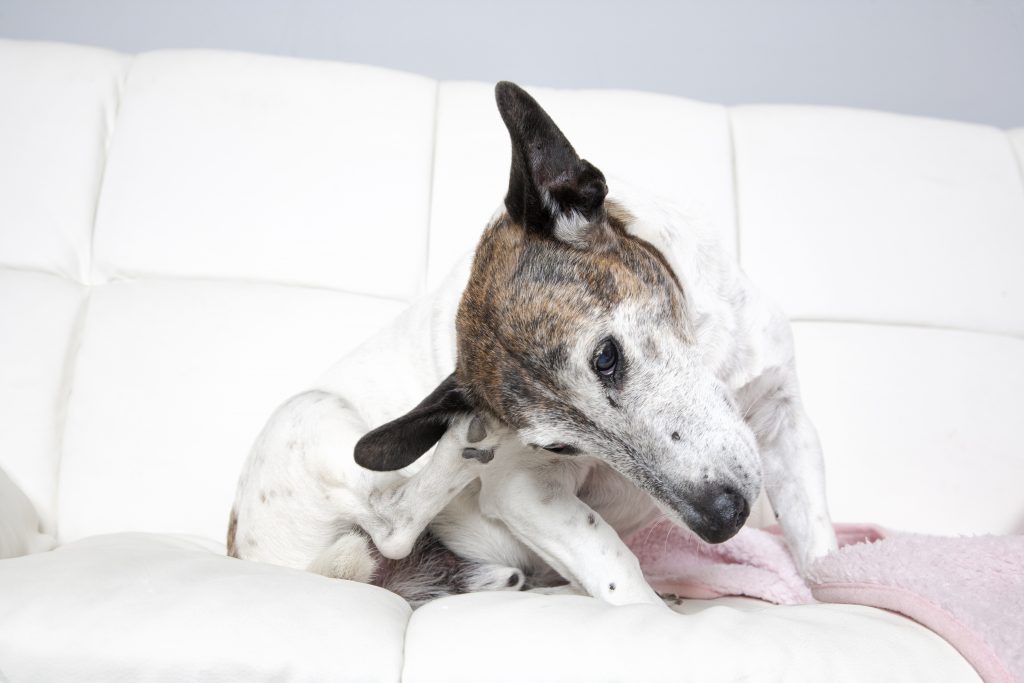 An animal’s skin is his or her largest organ. Besides being a physical barrier that protects the internal organs of the body, the skin helps to regulate body temperature, makes vitamin D, provides the first line of defense for the immune system, and allows your pet to experience the outside world of touch and sensation, known as ‘tactility’. Simply put, skin is amazing!
An animal’s skin is his or her largest organ. Besides being a physical barrier that protects the internal organs of the body, the skin helps to regulate body temperature, makes vitamin D, provides the first line of defense for the immune system, and allows your pet to experience the outside world of touch and sensation, known as ‘tactility’. Simply put, skin is amazing!
Indeed, the skin plays many important roles in the health and well-being of your pet, which is why skin conditions should be taken seriously. Pet skin problems, including irritation and inflammation, are one of the most common reasons pets visit the veterinarian and, while many are easier to treat and manage, others can be more difficult to diagnose and require treatment plans that are more involved.
Beware of the Scoot: All You Ever Wanted to Know about Anal Sacs in Pets
 You probably weren’t thrilled when your pet did the “Boot Scootin’ Boogie” across the carpet, just as you were serving the main course to your boss who happened to be over for dinner that evening. Your pet’s timely scoot is more than just an embarrassing situation, however, and may be an indication that he or she is having anal sac issues.
You probably weren’t thrilled when your pet did the “Boot Scootin’ Boogie” across the carpet, just as you were serving the main course to your boss who happened to be over for dinner that evening. Your pet’s timely scoot is more than just an embarrassing situation, however, and may be an indication that he or she is having anal sac issues.
Anal sacs in pets are an important part of the anatomy, and must be functioning for your pet’s comfort and safety. Even if your pet has never had issues in this particular area, knowing how to care for the anal sacs is an important component of responsible pet ownership.
What Are Anal Sacs in Pets?
Anal sacs, also sometimes called anal glands, are two small, bag-like structures located just inside the rectum in both dogs and cats. These little pockets are lined with glands that produce a strongly scented fluid. Normally, as a dog or cat defecates, the fluid contained inside the sacs is transferred to the stool.
Why an AAHA Accredited Hospital is Important for Your Pet

You’ve probably seen or heard the term “AAHA Accredited” while in our facility or visiting our website…but, what does it really mean and how does it affect you and your pet?
Here at Lone Tree Veterinary Medical Center, we take immense pride in our AAHA accreditation and are delighted to share with you the ways in which this esteemed designation benefits your pet.
What is the AAHA Accreditation?
AAHA is the acronym for the American Animal Hospital Association, a professional organization founded in 1933, for the purpose of establishing a respected and reputable accreditation program for veterinary hospitals. As the only organization in the United States and Canada that provides accreditation for veterinary hospitals, AAHA represents the ‘gold standard’ for veterinary hospitals across North America.
How Zoonotic Diseases Can Affect Your Pet and You
 There’s no question that pets bring joy, laughter, and a depth of feeling to our lives that is hard to find anywhere else. Unfortunately, they can occasionally bring illness in the form of zoonotic diseases, as well.
There’s no question that pets bring joy, laughter, and a depth of feeling to our lives that is hard to find anywhere else. Unfortunately, they can occasionally bring illness in the form of zoonotic diseases, as well.
A zoonotic disease is one that can be passed from animals to people, or vice versa. Dogs, cats, horses, rabbits, birds, cattle, pigs, rodents and wild animals can all potentially spread disease to humans. Fortunately, even though there are over one hundred known zoonotic diseases in the world at large, most are not found in the United States, thanks to good hygiene and modern veterinary care.
Even though your chances of catching a disease from your pet are low, it’s important to understand the risks associated with zoonotic diseases and how you can protect yourself and your family.
Making the Most of a Visit to the Veterinarian
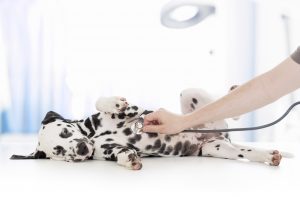 A visit to the veterinarian is a reality of pet ownership and should be an important part of your experience as a caring pet owner. Whether your pet is coming in for a routine wellness exam, an ongoing health issue, or because you have specific concerns, knowing what steps to take in preparing for your pet’s visit can have a huge impact on the quality of your pet’s visit. It will also help you establish good communication with your veterinarian and the other staff members who will be interacting with your pet.
A visit to the veterinarian is a reality of pet ownership and should be an important part of your experience as a caring pet owner. Whether your pet is coming in for a routine wellness exam, an ongoing health issue, or because you have specific concerns, knowing what steps to take in preparing for your pet’s visit can have a huge impact on the quality of your pet’s visit. It will also help you establish good communication with your veterinarian and the other staff members who will be interacting with your pet.
Continue…
Essential Elements: A Spotlight on the Veterinary Technician
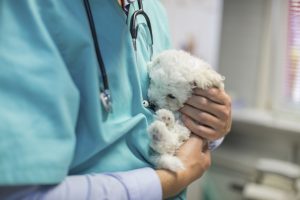 When you make an appointment for your pet here at Lone Tree Veterinary Medical Center, whether it’s for a wellness exam or an ongoing health issue, your goal is to see your veterinarian and have him or her examine your pet.
When you make an appointment for your pet here at Lone Tree Veterinary Medical Center, whether it’s for a wellness exam or an ongoing health issue, your goal is to see your veterinarian and have him or her examine your pet.
But, before your trusted veterinarian enters the examination room, there is someone else who has already greeted you, asked you questions about your pet and taken notes on your pet’s history, and also checked his or her vital signs. That person is a veterinary technician, and without him or her, no veterinary hospital or clinic could function effectively. Continue…
Battle of the Bulge: Pet Obesity
My Pet Ate What? GI Obstruction in Pets
 Every pet owner knows how much pets enjoy food. Unfortunately, sometimes this love of chewing and swallowing can get our pets into trouble, particularly when they ingest something inedible causing a GI obstruction.
Every pet owner knows how much pets enjoy food. Unfortunately, sometimes this love of chewing and swallowing can get our pets into trouble, particularly when they ingest something inedible causing a GI obstruction.
In many cases, something a dog or cat ate will pass through the digestive tract with little to no trouble, but this is not always true. Any object can become lodged in a pet’s gastrointestinal (GI) tract (esophagus, stomach, or intestine), creating problems at any point along the way, including, the destruction of the area of the intestines where the foreign material is lodged. Continue…
Tularemia Is Called “Rabbit Fever” For a Reason
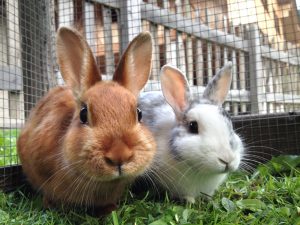
What Is Tularemia?
Tularemia, also known as rabbit fever, is an infectious disease caused by the bacterium Francisella tularensis.
Tularemia can also be contracted by inhaling airborne bacteria, eating an infected rabbit, drinking water or food contaminated by an infected animal, or contact with contaminated grass or soil.
What Causes Tularemia?
The bacterium causing Tularemia is Francisella tularensis, and is found worldwide in a variety of wild animals, birds and insects. The most common carriers, however, are rabbits and rodents. Continue…


